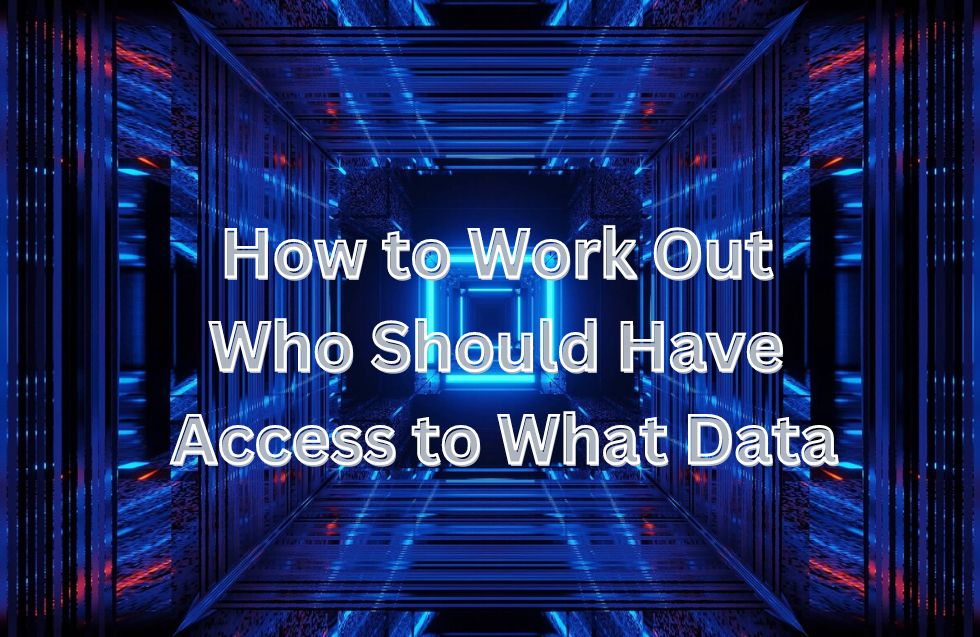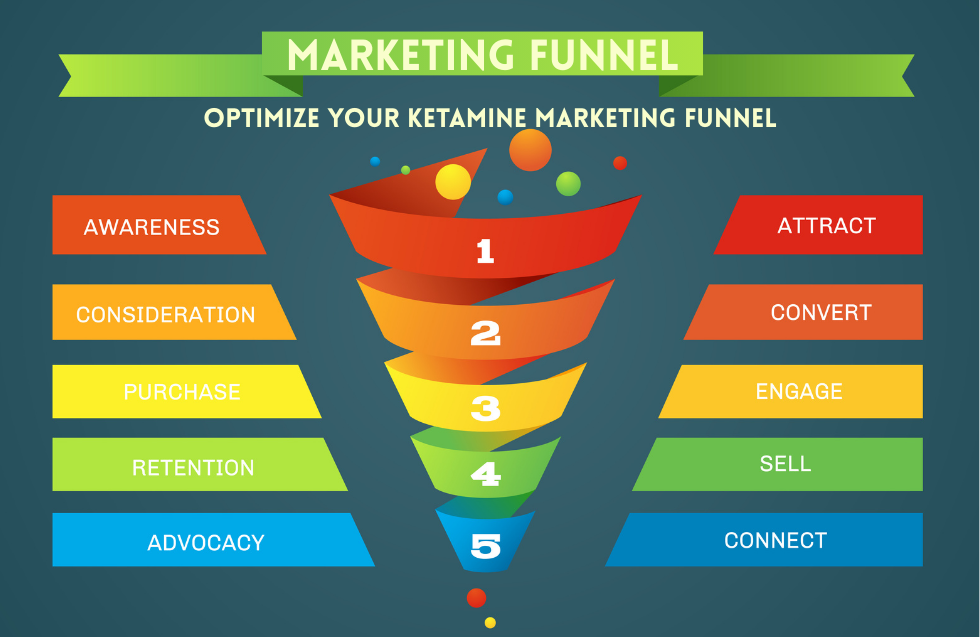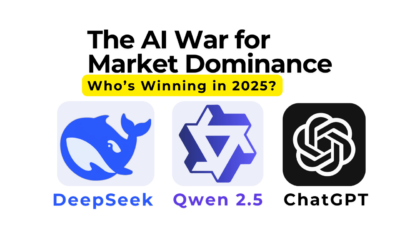Businesses generate and store vast amounts of data, ranging from personal customer information to intellectual property. Ensuring that the right people have access to the right data is critical for both operational efficiency and security. Mismanaging access can lead to security breaches, data leaks, and compliance violations. Therefore, determining who should have access to what data requires a thoughtful and systematic approach.
This guide explores key principles and strategies to effectively manage data access in any organization, ensuring that sensitive information remains secure while employees have the access they need to do their jobs efficiently.
1. Identify and Classify Data
The first step in deciding who should have access to data is understanding the types of data that your organization handles. Not all data is created equal—some information is more sensitive or valuable than others. By identifying and classifying your data, you can better determine who should access what.
Data classification typically falls into the following categories:
- Public Data: Information that can be freely shared without risk (e.g., marketing materials, public-facing content).
- Internal Data: Information meant for internal use only but not highly sensitive (e.g., internal reports, non-confidential emails).
- Confidential Data: Sensitive information that should be limited to specific employees or teams (e.g., financial records, customer data).
- Highly Confidential Data: The most sensitive data that should have the strictest access controls (e.g., trade secrets, proprietary algorithms, and personally identifiable information (PII)).
Once data is categorized, the organization can prioritize protection efforts for sensitive data and decide who needs access based on job functions and responsibilities.
2. Understand Job Roles and Responsibilities
One of the most important factors in determining who should have access to data is understanding the roles and responsibilities of employees. Each job role in an organization will require access to specific types of data to perform effectively. For instance, HR personnel may need access to employee records but shouldn’t access financial data. Similarly, marketing teams may need access to customer data for targeted campaigns but shouldn’t have access to sensitive legal documents.
Role-Based Access Control (RBAC) is a common method used to assign data access based on job roles. RBAC defines access levels for different roles within the organization, making it easier to manage permissions as employees join, leave, or move within the company. You can find out more information by looking into what is user account provisioning.
For example:
- Admin Roles: Full access to system-wide data, typically reserved for IT or system administrators.
- Managerial Roles: Access to departmental data and reporting tools.
- Staff Roles: Limited access to data required for day-to-day tasks, such as customer support teams having access to client records.
3. Use the Principle of Least Privilege
The principle of least privilege (PoLP) is a fundamental concept in data security that states that individuals should only have the minimum level of access necessary to perform their job functions. This approach minimizes the risk of accidental or malicious data breaches.
By implementing PoLP, businesses can reduce the attack surface for external threats and prevent unauthorized access. For instance, an employee in a marketing role may need access to campaign data and customer profiles but shouldn’t have access to payroll or legal documents. Similarly, a software developer may need access to the codebase but not the company’s financial records.
When combined with RBAC, the principle of least privilege helps to ensure that data access is tightly controlled and continuously monitored.
4. Implement Multi-Factor Authentication (MFA)
Even with well-defined access controls, no system is foolproof. Multi-factor authentication (MFA) adds an extra layer of security by requiring users to verify their identity through multiple forms of authentication—such as a password and a fingerprint scan or a one-time code sent to a mobile device.
MFA ensures that even if an unauthorized user gains access to an employee’s credentials, they’re unlikely to bypass the second layer of security. Implementing MFA is especially important for highly sensitive data or systems that have broad access permissions.
5. Enforce Data Access Policies with Technology
Technology plays a critical role in enforcing data access policies across an organization. Many businesses use Identity and Access Management (IAM) systems to centrally manage user identities and permissions. IAM solutions streamline the process of granting and revoking access while ensuring that all permissions are aligned with company policies.
Additionally, Data Loss Prevention (DLP) tools can help to monitor and protect sensitive data. These tools can automatically flag or block unauthorized attempts to access, share, or move sensitive information outside the organization.
6. Educate Employees on Data Security
Employees are often the first line of defense when it comes to data security. It’s essential to train staff on the importance of data protection and the role they play in safeguarding sensitive information. Regular security training should cover:
- Best practices for handling data.
- Recognizing phishing or social engineering attacks.
- Reporting suspicious activities or breaches.
When employees understand the reasoning behind data access policies and the potential consequences of security lapses, they’re more likely to adhere to the policies and protect the organization’s assets.
7. Adopt a Zero-Trust Approach
Finally, adopting a zero-trust approach to data access is becoming increasingly popular. Zero-trust assumes that no user, inside or outside the organization, should be automatically trusted. Every user, device, and network must be continuously verified before granting access to sensitive data.
Zero-trust frameworks use advanced technologies such as behavioral analytics, encryption, and continuous monitoring to ensure that only the right people have access to the right data at the right time.
Conclusion
Determining who should have access to what data is crucial for maintaining security while ensuring business operations run smoothly. By classifying data, understanding job roles, implementing least privilege principles, and utilizing technology such as MFA and IAM systems, businesses can manage access effectively. Regular audits and employee training are also critical in maintaining a secure environment. Ultimately, a combination of well-structured policies and cutting-edge technology ensures that sensitive data remains protected while employees have the autonomy they need to succeed.













